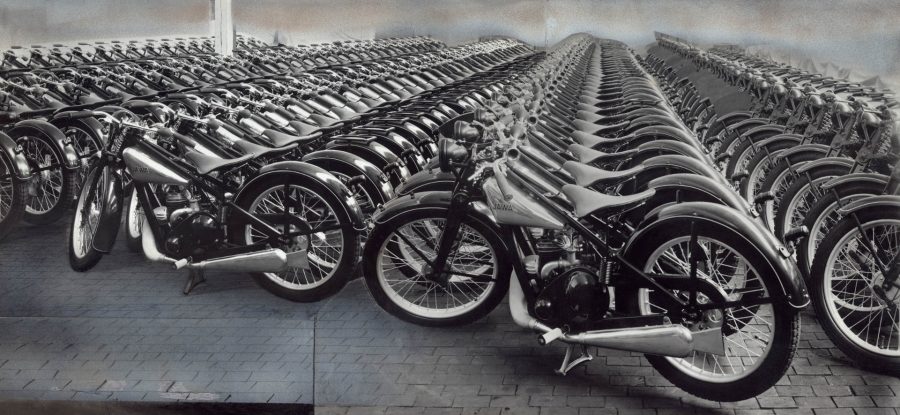
František Janeček (1878 – 1941) was a Czech engineer, inventor, entrepreneur and one of the most important personalities in the history of the Czech motorcycle industry. He completed his Master’s Degree in engineering by acquiring professional experience abroad. In 1908 he opened his own engineering laboratory and mechanical workshop. His company, Zbrojovka Ing. F. Janeček prospered thanks to the production of weapons, especially grenades and machine guns. Looking for an alternative production programme in the sales crisis, they decided to introduce a licensed motorcycle production of the German brand Wanderer, which was produced from 1902 in Chemnitz, Germany.








